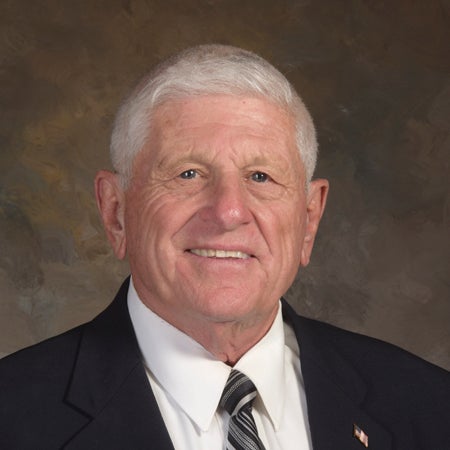Broadband is the next great effort
Published 11:13 pm Friday, October 8, 2010
Infrastructure is a key word for any developer, entrepreneur, industrial recruiter, or public official looking for opportunities in economic development. If there is no infrastructure to support expansion, to move people or goods, there is no room for growth. There must be the roads and bridges, electrical grid and natural gas lines, to support all types of business.
Now add one more infrastructure need for future development: broadband access. Moving data is becoming just as important as moving goods and material for companies, and the availability and adoption of broadband internet access throughout the state of Alabama is now a critical economic development issue.
The state has been aggressive in planning for broadband expansion.
Last year, ConnectingALABAMA was created to help move the stateís technology infrastructure forward. Over the past year the program has been mapping broadband availability, and creating a plan to extend high-speed data access throughout the state. The project won a Federal grant to get started, and since its inception more than $235 million in grants have been awarded to build and expand the stateís data infrastructure.
In our state history, we are no strangers to being aggressive when building infrastructure for economic development in Alabama.
At the beginning of the 1930s, most of Alabama did not have electricity, and less than one in ten rural households. Electric companies felt it was either too expensive or unprofitable to extend electricity to most Alabama homes, especially in the country.
A New Deal agency created under Roosevelt, the Rural Electrification Administration (REA), helped start cooperatives and other incentives to extend power to all areas of the state. By the end of the 1930s, 90 percent of rural homes had power, and it not only transformed the farm, it provided for the expansion of industry in hundreds of small communities.
In the 1940s and 1950s, Gov. Jim Folsom created the Farm to Market Road Program, creating the largest expansion of highways into rural communities ever seen before. The idea was that better roads would help farmers get their products to market and to stimulate the economy. The program used $650 million in federal, state and county funds to pave more than 18,000 miles of roads across the state, an unheard of sum at the time.
Now we take for granted the highways that were built during that time. Yet before those highways were built, many Alabama counties had few roads that could move trucks in and out. The highways we have today are the basis of the stateís economy.
It is clear that government can have a positive and effective role in expanding infrastructure. Now it is time for the state to assist with broadband.
We have already been expanding broadband through our public school technology effort ACCESS. We have been working hard to bring state-of-the-art distance learning technology to all Alabama schools. All high school students can now take online classes, and we have the largest increase in the nation on the number of students taking Advanced Placement Courses, and a huge expansion of students using distance learning.
It has been a huge effort to improve the data infrastructure in our schools, and the Alabama Department of Education has partnered with state universities and the Alabama Supercomputer Authority in Huntsville to make it possible. These efforts will also help ConnectingALABAMA do their job in expanding access to homes and businesses.
Importantly, the students taking online courses are also learning to rely on broadband access. With that knowledge comes demand, and consumer demand is the basis of any sustained development.
In the future high-quality data infrastructure will be as important and hopefully as common as electricity, telephones and roads. More than likely, it will also have just as great an economic impact as when the power lines and pavement stretched out to every corner of the state.
AJ McCampbell is a state representative for Marengo County.




